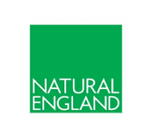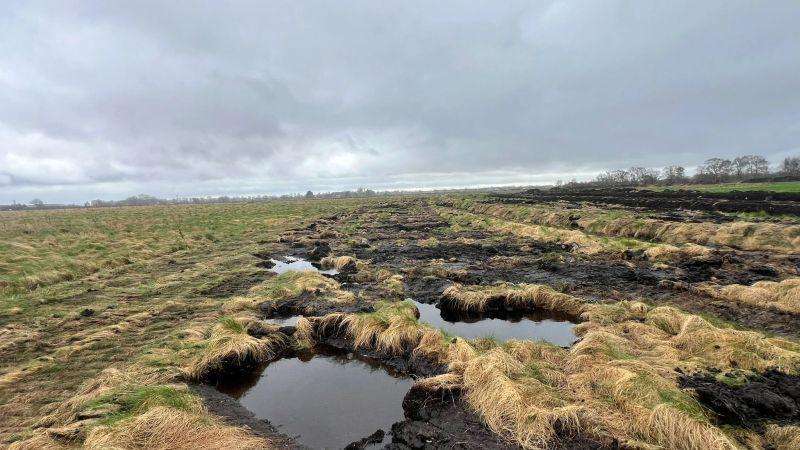

Peatland Restoration at Foresters Field
Delivered in collaboration with Natural England
As the appointed contractor, we were proud to deliver a sensitive and technically complex peatland restoration scheme at Foresters Field, a site that once formed part of the extensive Chat Moss lowland raised bog. Historically used for horticultural turf production, the site had undergone significant changes due to drainage, peat extraction, and ploughing, which fragmented the peat body and disrupted its natural hydrology.
Working closely with Natural England, our team implemented a series of targeted interventions designed to restore the site’s water retention capacity and support the long-term recovery of its peatland ecology.
Deep Trench Bunding: Trenches were excavated below the level of water loss and backfilled with compacted peat to form underground barriers, helping to reduce subsurface drainage. The layout and depth of these bunds were carefully planned to suit the site’s varied topography and to ensure maximum hydrological benefit.
Bund Construction: Surface bunds were shaped to retain water efficiently while blending naturally into the surrounding landscape. Their placement was strategic, particularly in the higher areas of the site, to aid in water retention across the full field.
Creation of Shallow Scrapes: Peat for the bunds was sustainably sourced on-site via shallow scrapes, minimising ecological disturbance. The selection and positioning of these borrow pits were agreed in coordination with Natural England, ensuring best practice in peat resource use.
Boundary Ditch Installation: Perimeter ditches were constructed to manage and redirect surplus water, preventing the risk of flooding to adjacent landowners. These features enabled controlled off-site water discharge, ensuring the hydrological enhancements within the project area did not negatively affect the surrounding community.
This project represents a key step toward restoring degraded peatland and re-establishing the natural hydrological function of Foresters Field, with long-term benefits for carbon storage, biodiversity, and climate resilience.

Get In Touch - 07730 482998.